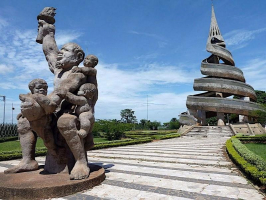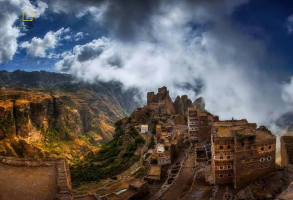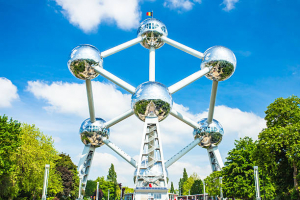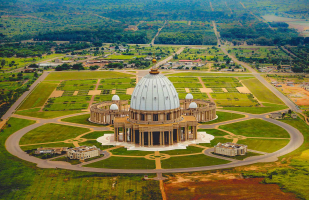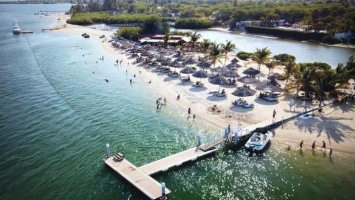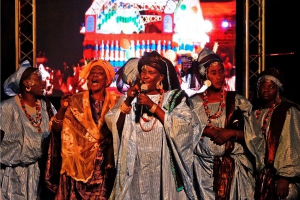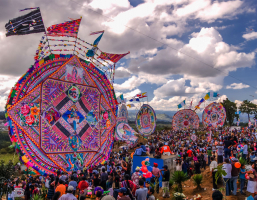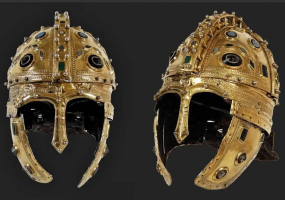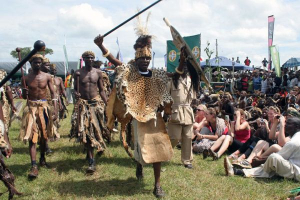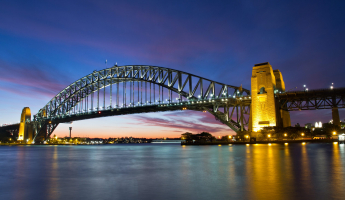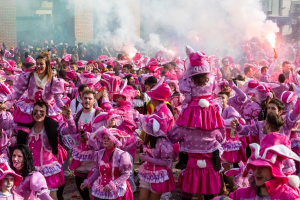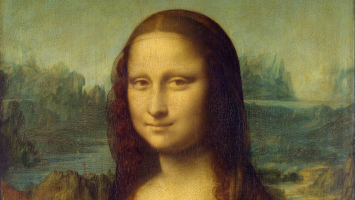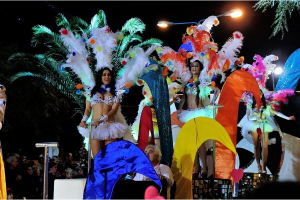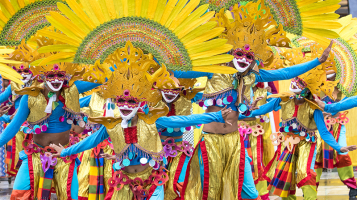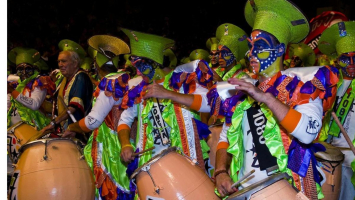Top 5 Most Famous Monuments in Angola
Angola is home to some of the world's most impressive man-made structures. This fusion of cultural sites and the best monuments in Angola has resulted in a ... read more...spectacular and breathtaking natural landscape that, like many African countries, depicts the country's rich past. Angola is the continent's seventh-largest country, located in the southern hemisphere. Angola has a population of over 26 million people. The bulk of the population is Roman Catholic, and the official language is Portuguese, which reflects the conquerors' influence. If you're planning a vacation or a business trip to Angola, you should consider visiting some of the most famous monuments in Angola.
-
Like Rio de Janeiro, the Christ the King Statue includes a statue of Christ overlooking the city. It was constructed of marble in 1957 and is one of Angola's most important monuments. The Cristo Rei Statue is the same height with and without a pedestal as the one in Rio de Janeiro, which stands at 30 meters.
Next to the statue is another clone of a famous landmark: a massive Lubango sign based on the one in Hollywood. The Himba tribe girls, however, are very distinctive up here, as they usually sit in the shade, ready to pamper for some kwanzas. Before snapping away, agree on a fee.
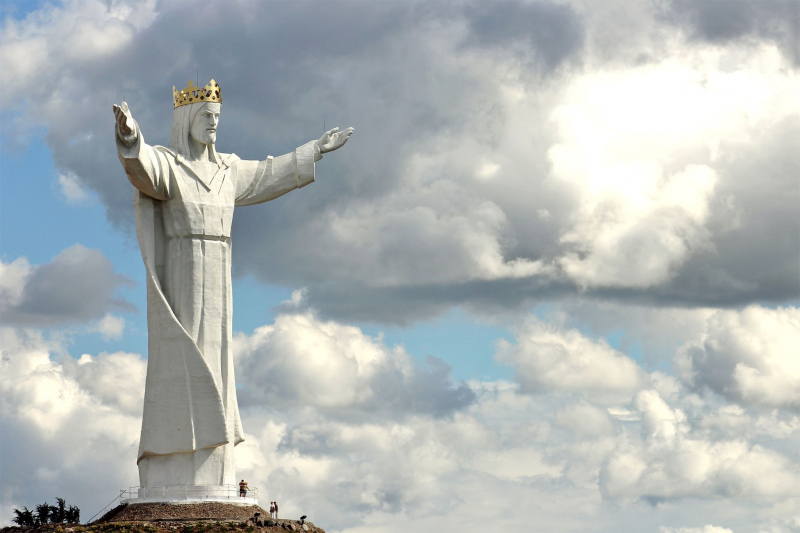
In Your Pocket 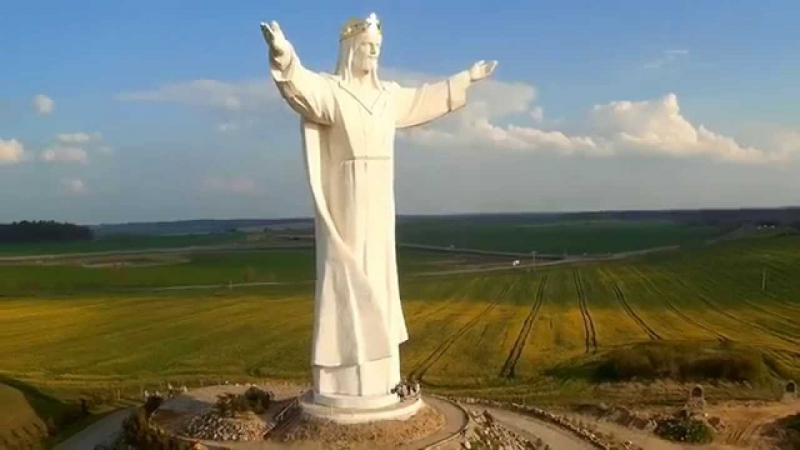
Michał Pasek -
Another place on the list of the most famous monuments in Angola is the Mausoleum of Neto. Agostinho Neto is regarded as the founding father of modern Angola. He was the first president of Angola after the country gained independence in 1974. He died in 1979 and was embalmed and put on a show in an open casket, visiting the popular monuments in Algeria, as prescribed by socialist norms at the time.
However, after years of neglect, Neto's body had to be placed in a locked casket, where he remains to this day. Neto's mausoleum is designed like an upside-down rose. The Mausoleum of Neto is difficult to miss because it occupies a large portion of beautiful beachfront real estate.
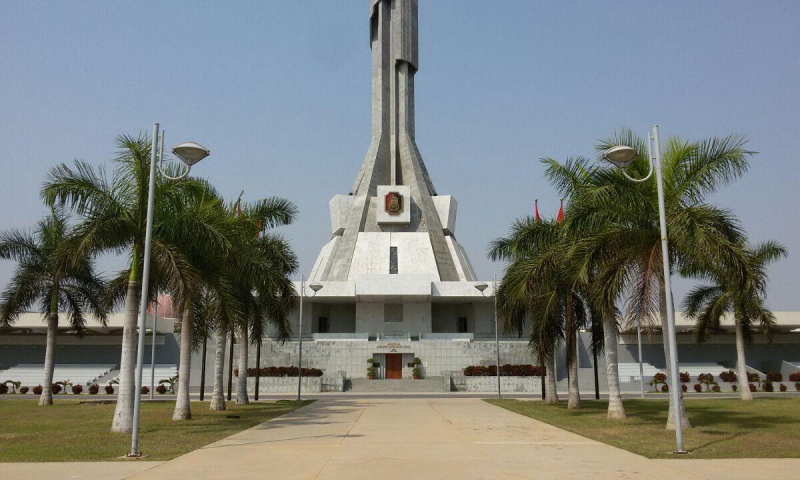
TripAdvisor 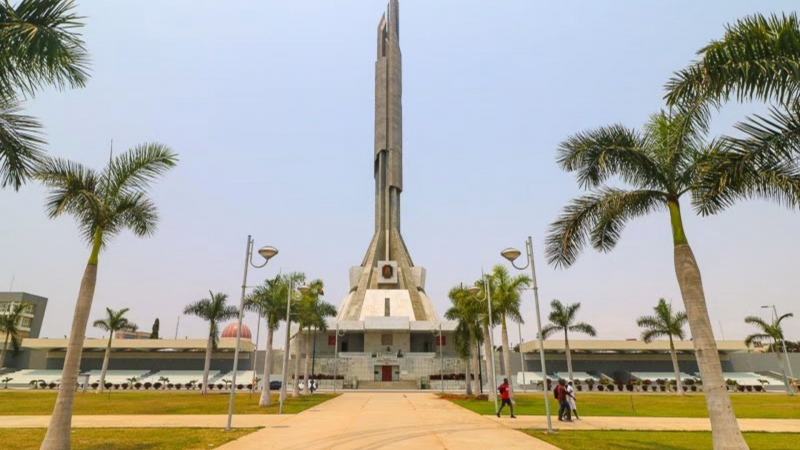
Symbol Hunt -
The Iron Palace, commonly known as the Palacio de Ferro, is a historical landmark in Angola. The Palacio de Ferro is a magnificent structure in Luanda, Angola's capital. The Palacio de Ferro is thought to have been constructed in the 1890s. It is also supposed to have been created by someone connected to Gustave Eiffel, the Portuguese architect who designed some of the world's most famous structures, including the Statue of Liberty in New York City and the Eiffel Tower in Paris.
The building is currently receiving renovated with finance from Brazilian construction companies and income from Angola's burgeoning oil trade. It is regarded as a symbol of the city's revival by the country's Ministry of Culture, and will soon be converted into a restaurant or a diamond museum.
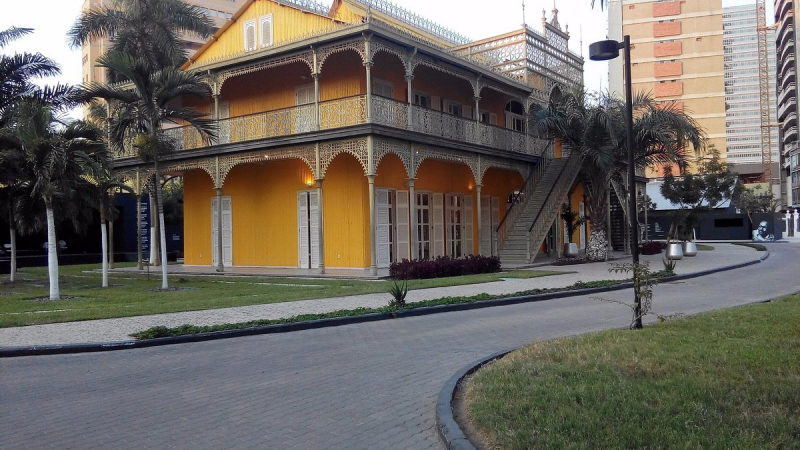
Tripadvisor 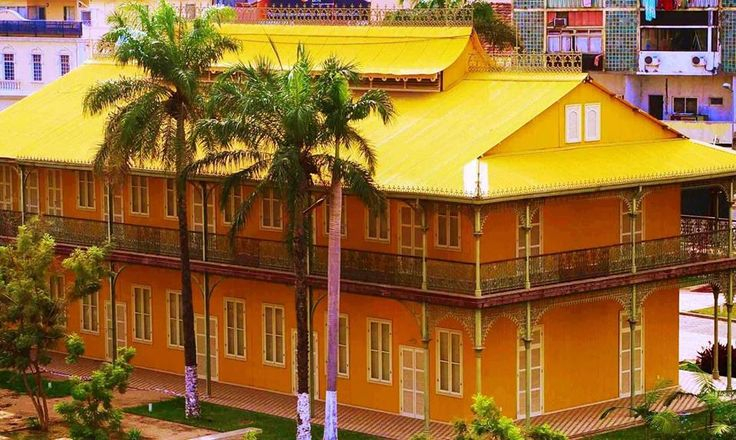
Pinterest -
Kissama National Park is another name for Quiçama National Park. This is one of the most famous monuments in Angola as well as Angola's oldest and most unusual monument. This park is the country's only operating national park, located in northwestern Angola. The park is 3 million acres in size, more than twice the area of Rhode Island in the United States, and is around 70 kilometers from Luanda.
The park was established as a game reserve in 1938 and became a national park in 1957. After 25 years of civil conflict, the park's animal population was decimated. In a project called Operation Noah's Ark, a foundation, South Africans, and a group of Angolans will transport animals, particularly elephants, from neighboring South Africa and Botswana.

Baiga Magazine 
Heroes Of Adventure -
In Morro da Cruz, a small town near Luanda, sits the National Museum of Slavery and Monuments in Angola. The National Institute of Cultural Patrimony established the National Museum of Slavery in 1977. The goal of this museum is to depict Angola's slavery past.
Next to the Capela da Casa Grande, where slaves were baptized before being transferred to various western destinations and America, is the National Museum of Slavery. Hundreds of cultural or historical artifacts utilized in the slave trade are on display at the museum.
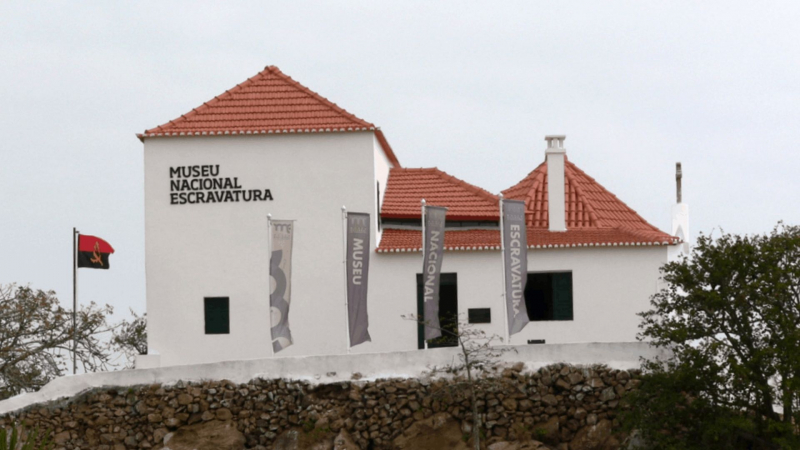
MoMAA | African Modern Online Art Gallery & Lifestyle 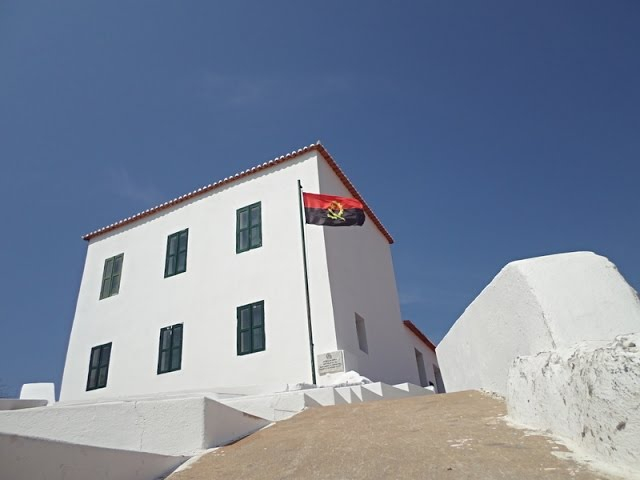
DestiMap







